Via Podiensis: Halfway Rest Day
Today is my first genuine zero – rest day – on this Camino. Tomorrow, I cross the pass over the Pyrénées into Spain, but for now I’m just hanging out in Saint-Jean-Pied-de-Port.
After a leisurely morning – my body decided to wake up at 5 AM but I resolutely told it to go back to sleep – I had breakfast and then headed down into town.
My first stop was the beautiful 14th century Gothic church of Notre-Dame-du-Bout-du-Pont. It was originally built by King Sancho the Strong of Navarra to commemorate a Christian victory over the Moors in 1212. Now it serves as the point of departure for the tens of thousands of pilgrims on their way to Santiago. Every evening, a Mass is celebrated specifically for the pilgrims, followed by a blessing.
I came here this morning to pray Lauds for the intentions of my pilgrimage.
Afterwards, my first stop was the post office to send home some things that were useful in France but will not be useful in Spain. No sense in carrying them on my back another 500 miles if I can just send them home.
A couple of other minor errands were quickly accomplished. I had a few other optional things to take care of, but they could wait until the afternoon. It was 10 AM, and I had the whole day ahead of me.
And the primary goal of today was some much-needed rest and relaxation. I started the process at a local café with café au lait and a chocolatine while I updated my journal. And then I took a tour around the old town.
Walking through Saint-Jean, I heard more English in just a couple of hours than I probably heard in all the rest of France combined.
Saint-Jean is a tourist town, of that there is no doubt. What I find interesting is that on one side of the River Nive, the side with the Pilgrim Office, the “upper city”, it’s very much all about pilgrims. There are several gear shops, maybe half a dozen gîtes, some relatively inexpensive restaurants, and the church.
On the other side of the river, the “lower city”, the shops are very much geared towards tourists, with various local and Basque products, including primarily foods, textiles, and knickknacks. The restaurants are generally more expensive as well.
Of course, if you are starting your pilgrimage at the Pilgrim Office or the church, you have to walk through the tourist section on your way out of town.
There’s a little tourist trolley that provides tours of the old city. After it crosses the river, it becomes very clear that for the passengers the pilgrims lining up at the Pilgrim Office are just another tourist attraction.
If you ever visit here, you will notice that the French truly love their vending machines. Here in Saint-Jean, in addition to the usual pharmacy, soda, and snack vending machines, I also saw one for baguettes and one that will sell you a hot pizza!
I confess that I got part of tomorrow’s breakfast out of the baguette vending machine. A baguette for a euro! How can you lose?
Also, fun fact: boulangeries in France are required to post the cost of each type of bread they sell outside in front of their shop. I think this might go all the way back to the Revolution.
There’s a sign here in Saint-Jean that claims it’s 791 km to Santiago and 750 km to Le Puy. What’s the first rule about distances on the Camino? They are all lies. Perhaps these are “as the crow flies” distances, because by my calculations, I’ve walked 823.8 km from Le Puy. That’s just a shade over 500 miles. and it doesn’t count all the kilometers I’ve walked exploring villages and towns.
In any case, I figure I’m about halfway.
One of the things I’m loving here is watching the brand new pilgrims coming in off the train. Their clothes are clean, their backpacks are often brand new, their shoes unscuffed.
Most of them have the same look on their face: curiosity and wonder combined with panic. Feelings I know all too well.
Some of them clearly have not done their homework. I’ve seen pilgrims wearing jeans, frilly shirts, carrying 50 liter backpacks, even two backpacks – one on the front and one of the back, water bottles hanging on carabiners, hip belts unfastened, flannel shirts.
They’ll learn soon enough. I made my own mistakes, and I learned.
But I’ve also seen new pilgrims with gear that had obviously been tested, packs fitted correctly with carefully packed outside pockets, and well worn-in shoes and clothes.
Some other things I’ve observed:
I overhead an obviously anglophone pilgrim speaking broken Spanish to a polite (but exasperated) café worker. In France.
I saw four pilgrims setting out together at 2 PM in the afternoon, in the heat of the day, expecting to climb halfway up the pass. I advised them to take more water with them.
And so many pilgrims with trekking poles who obviously have no idea how to use them.
I really want to see some of these same people walking into Santiago, completely transformed by their experience on the Camino.
This evening, I plan on heading back into town for Vespers, the pilgrim Mass, and probably a light dinner. But for now, the place I’m staying has a pool and I might just take advantage of it. And probably nap, as well.
Date: 20 September 2023
Place: Saint-Jean-Pied-de-Port
Today’s Photos!
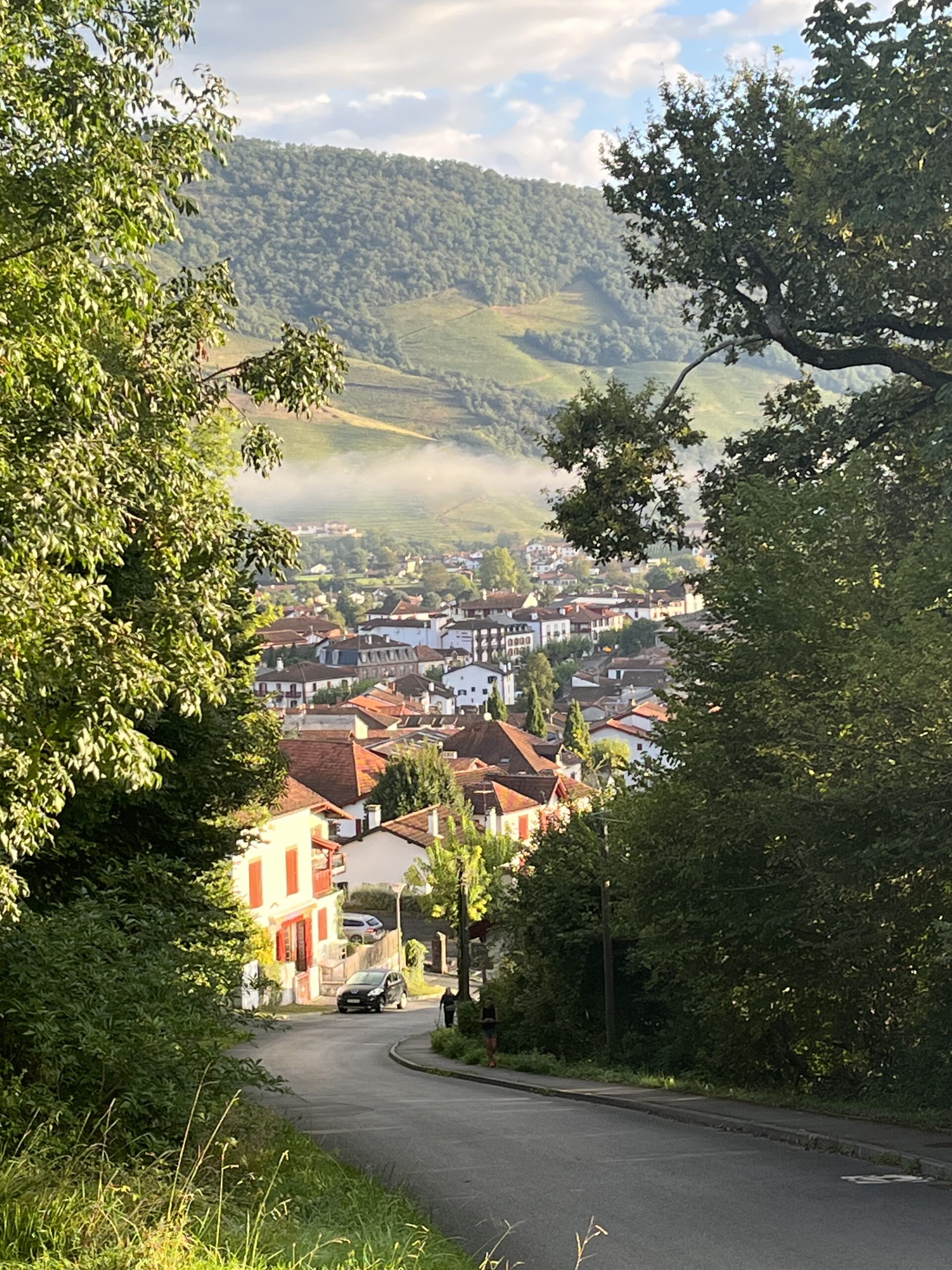
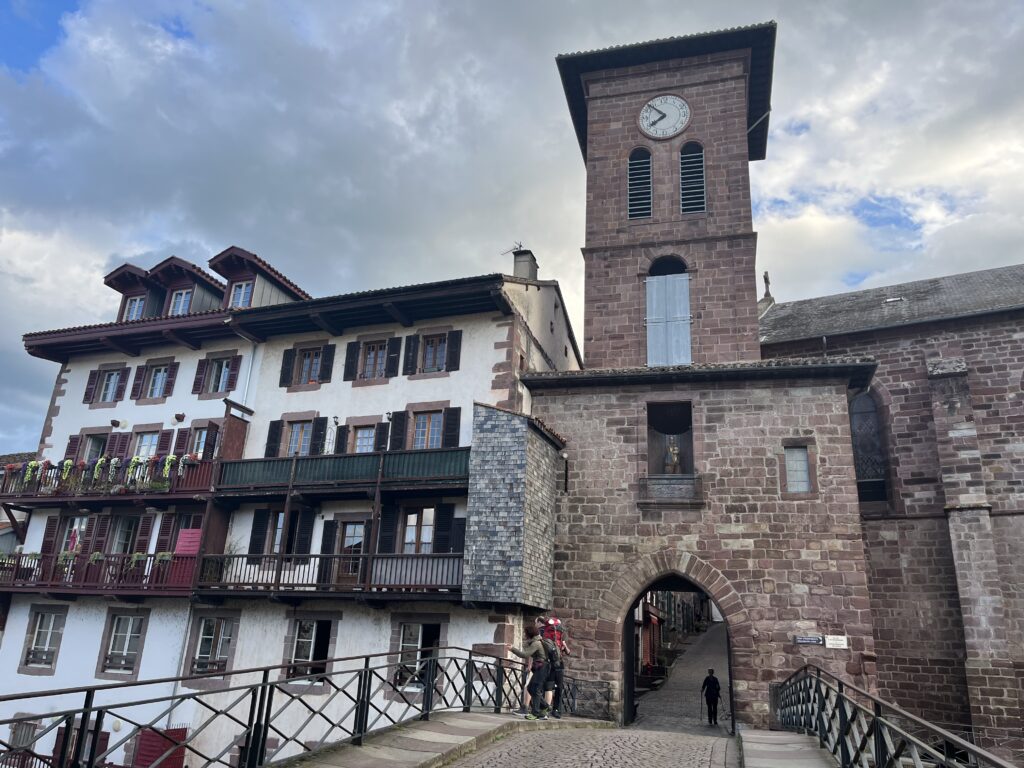
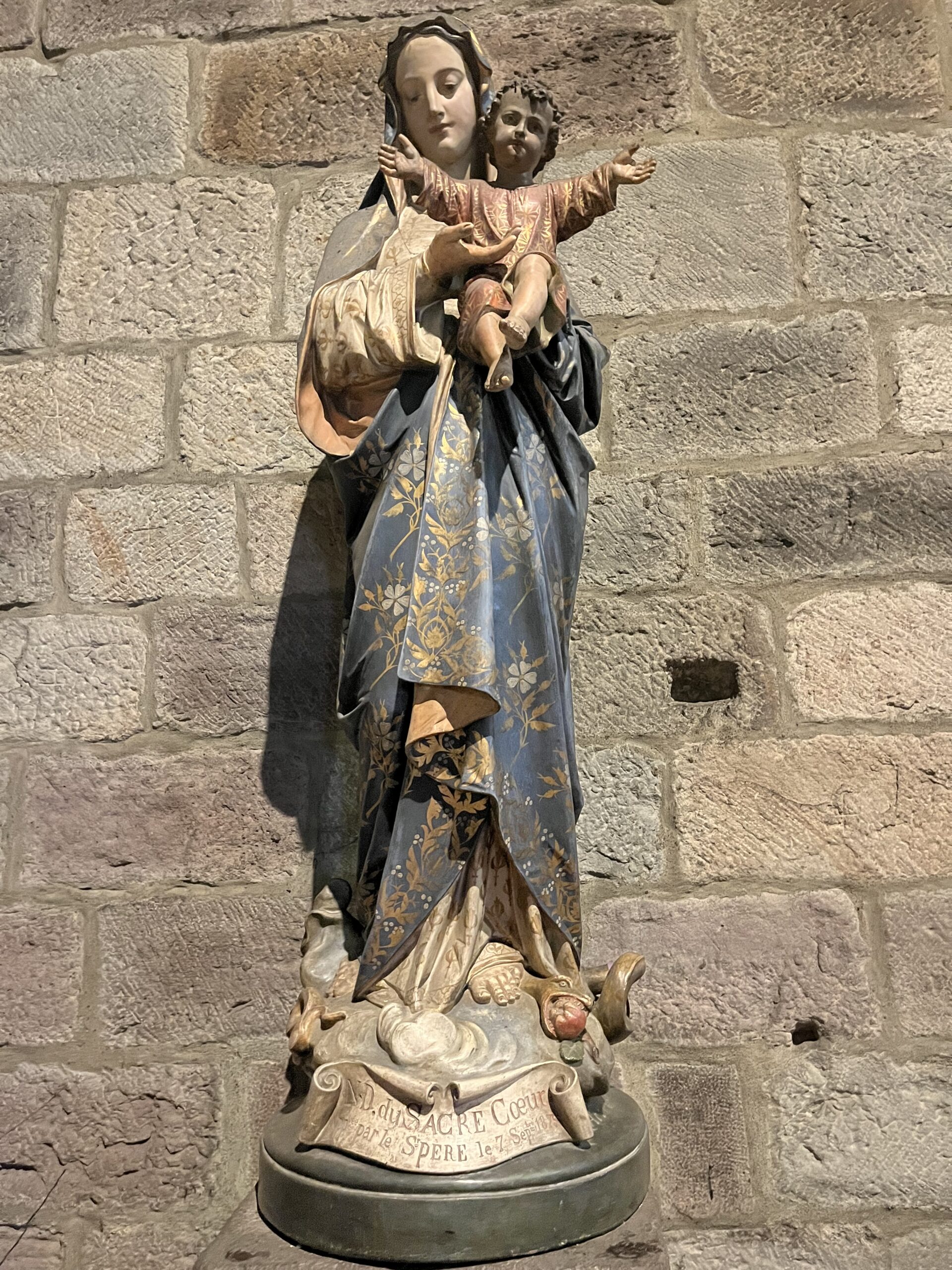
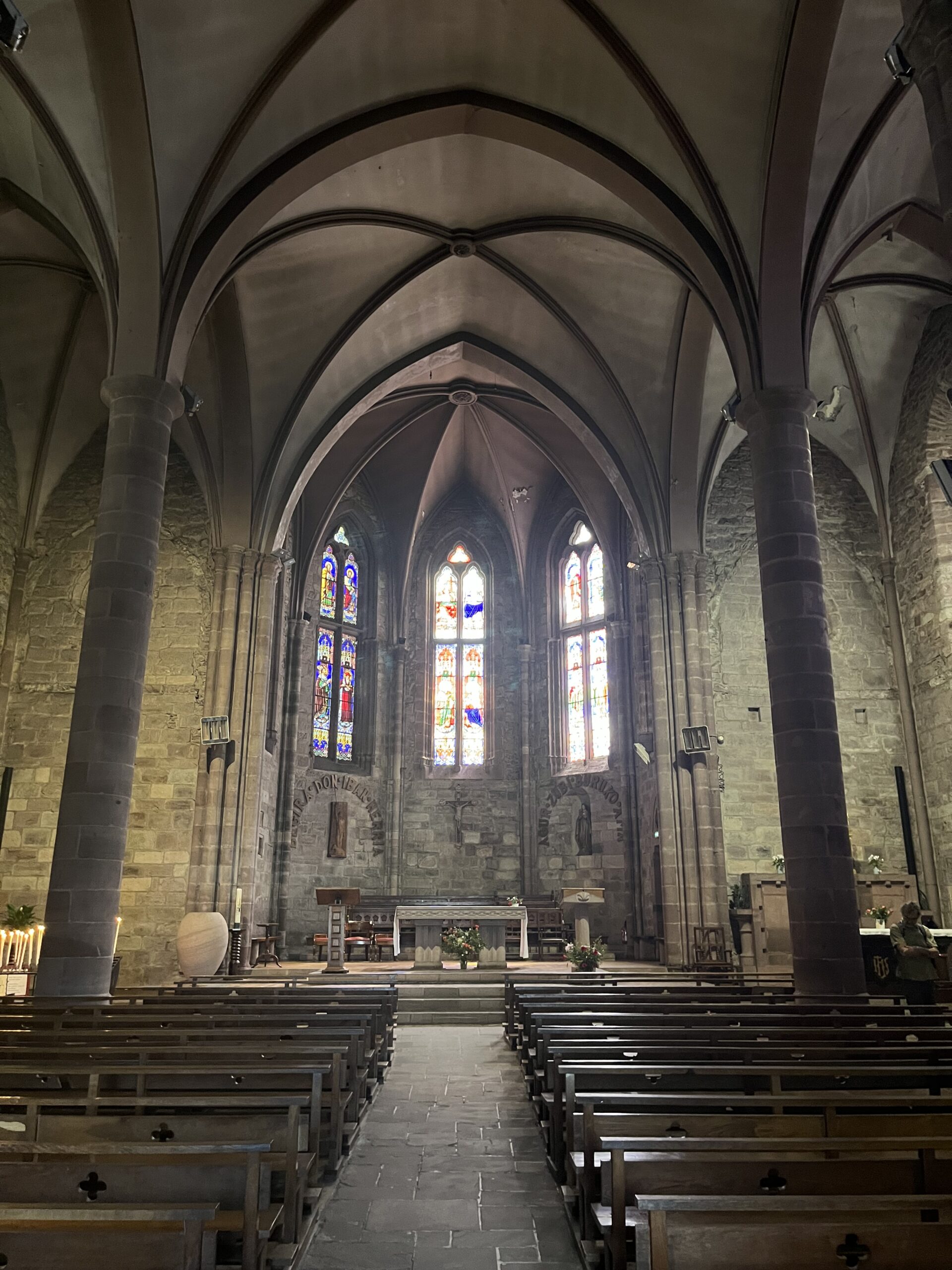

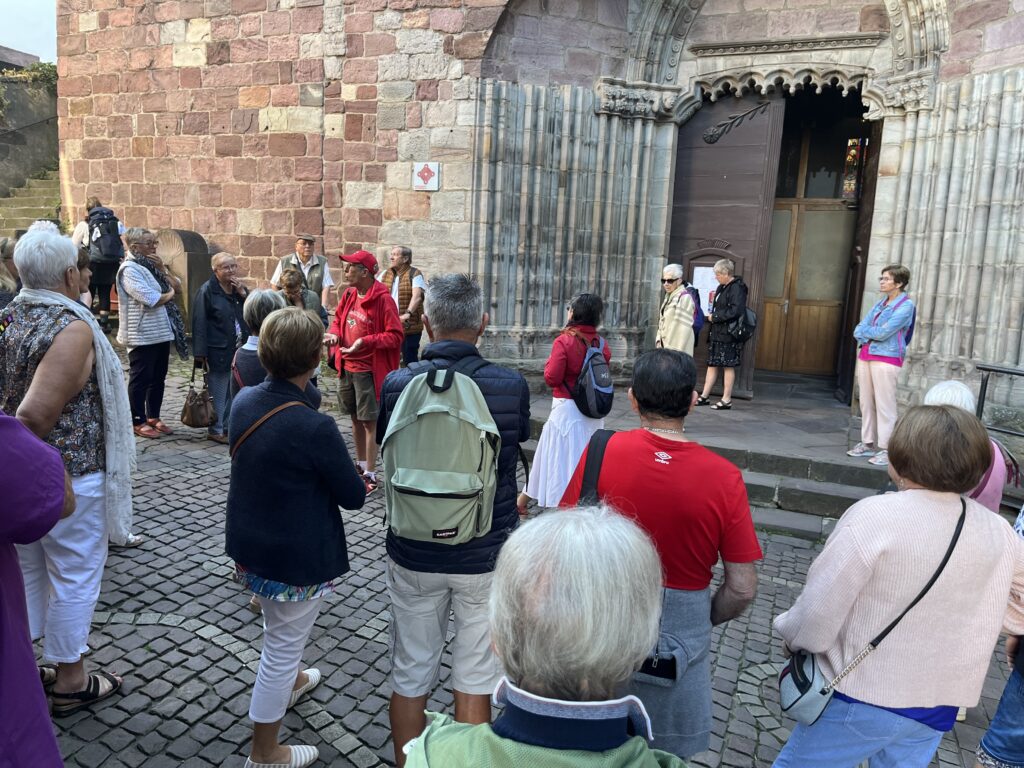
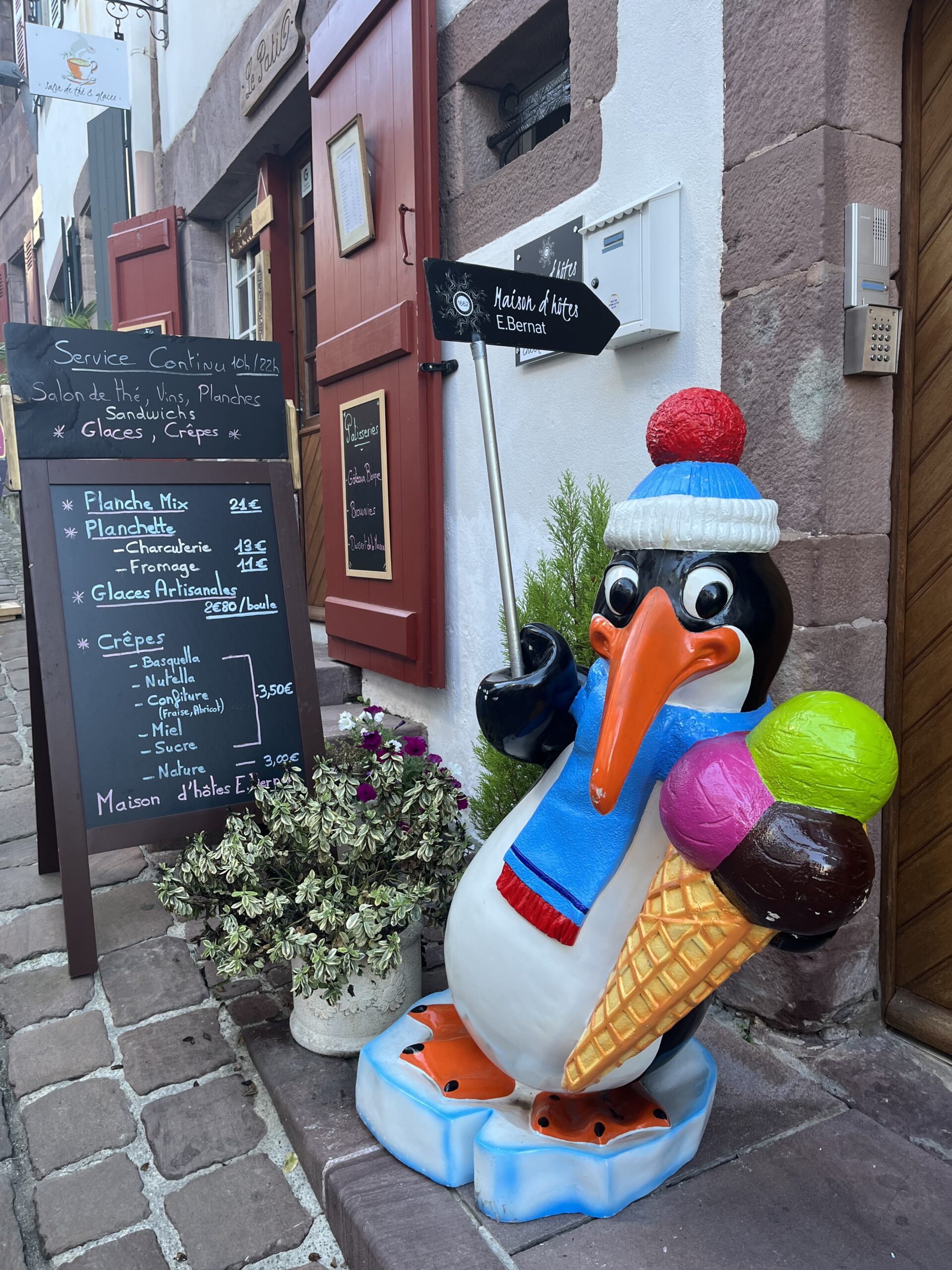
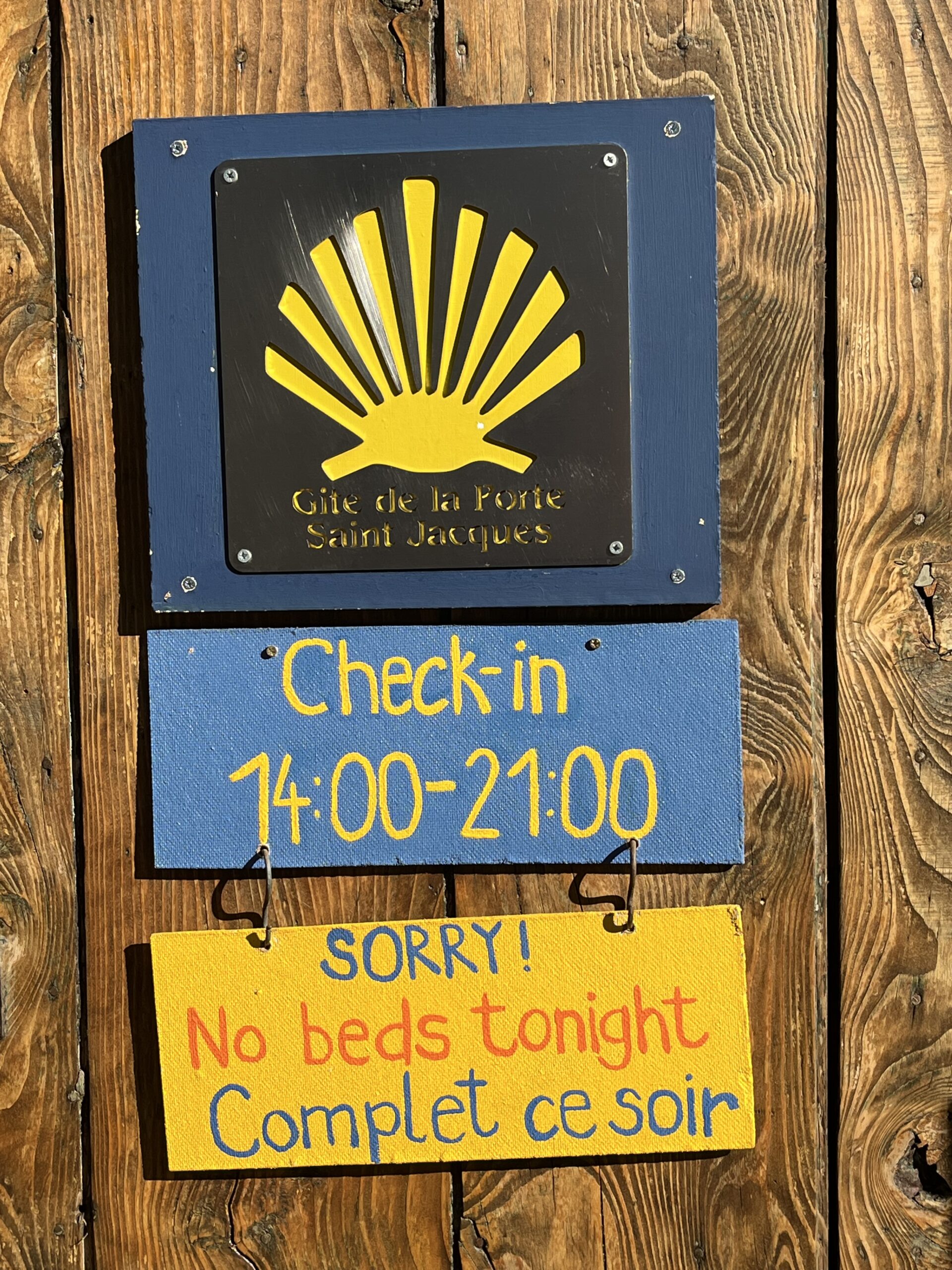
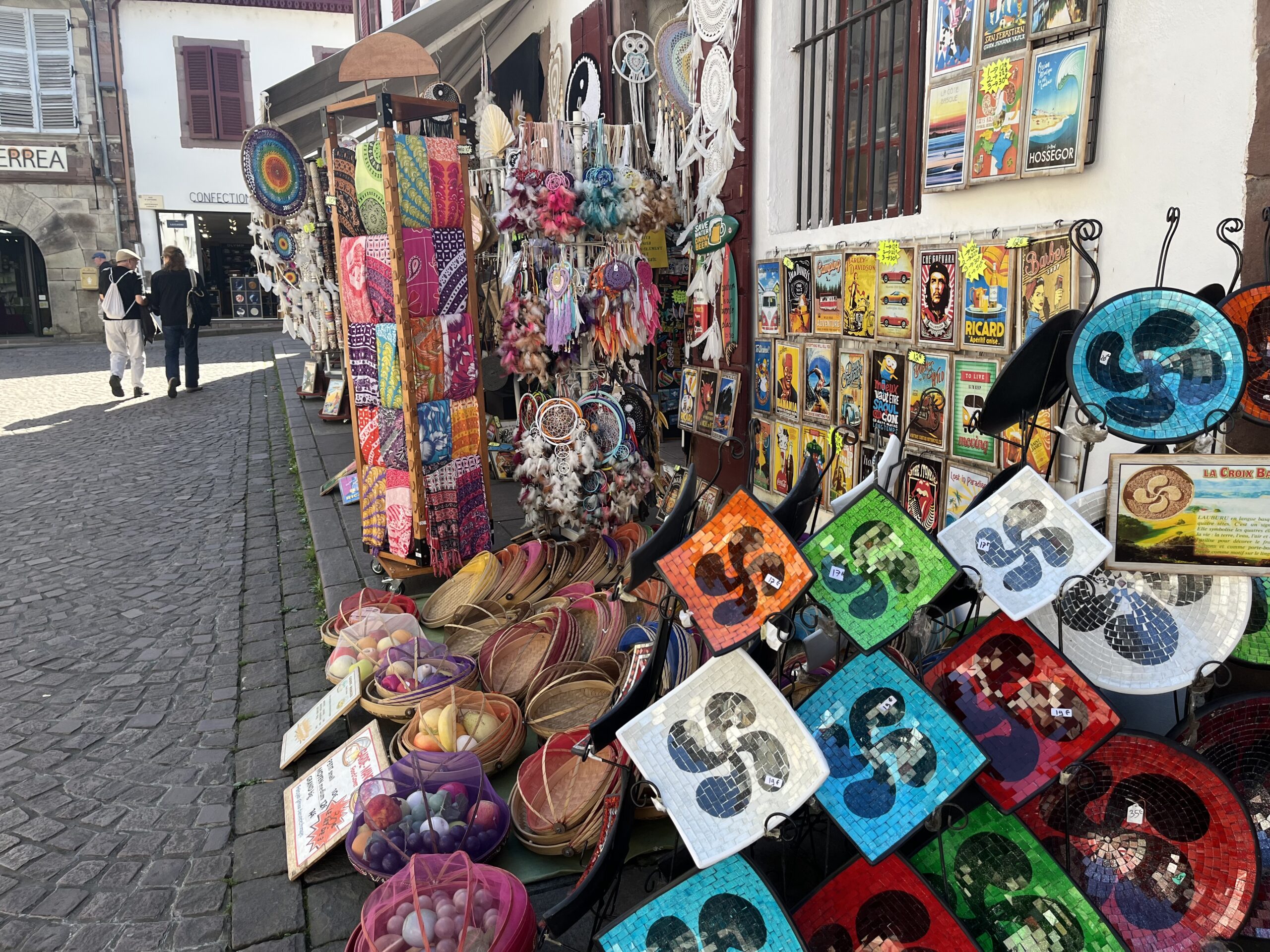
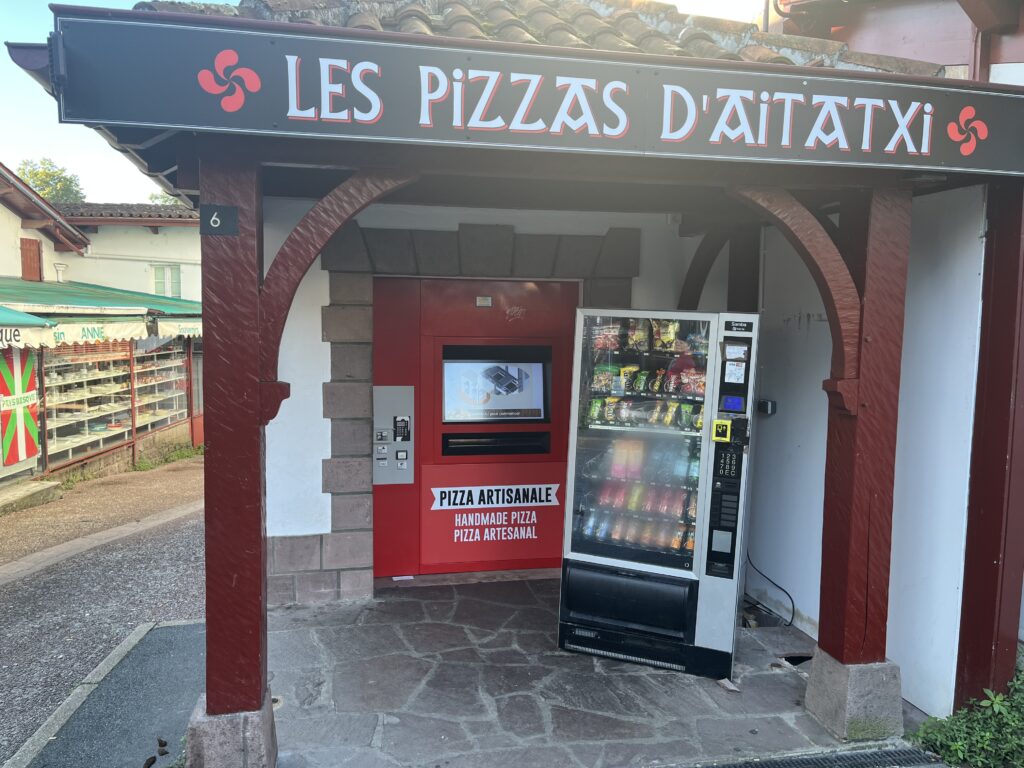
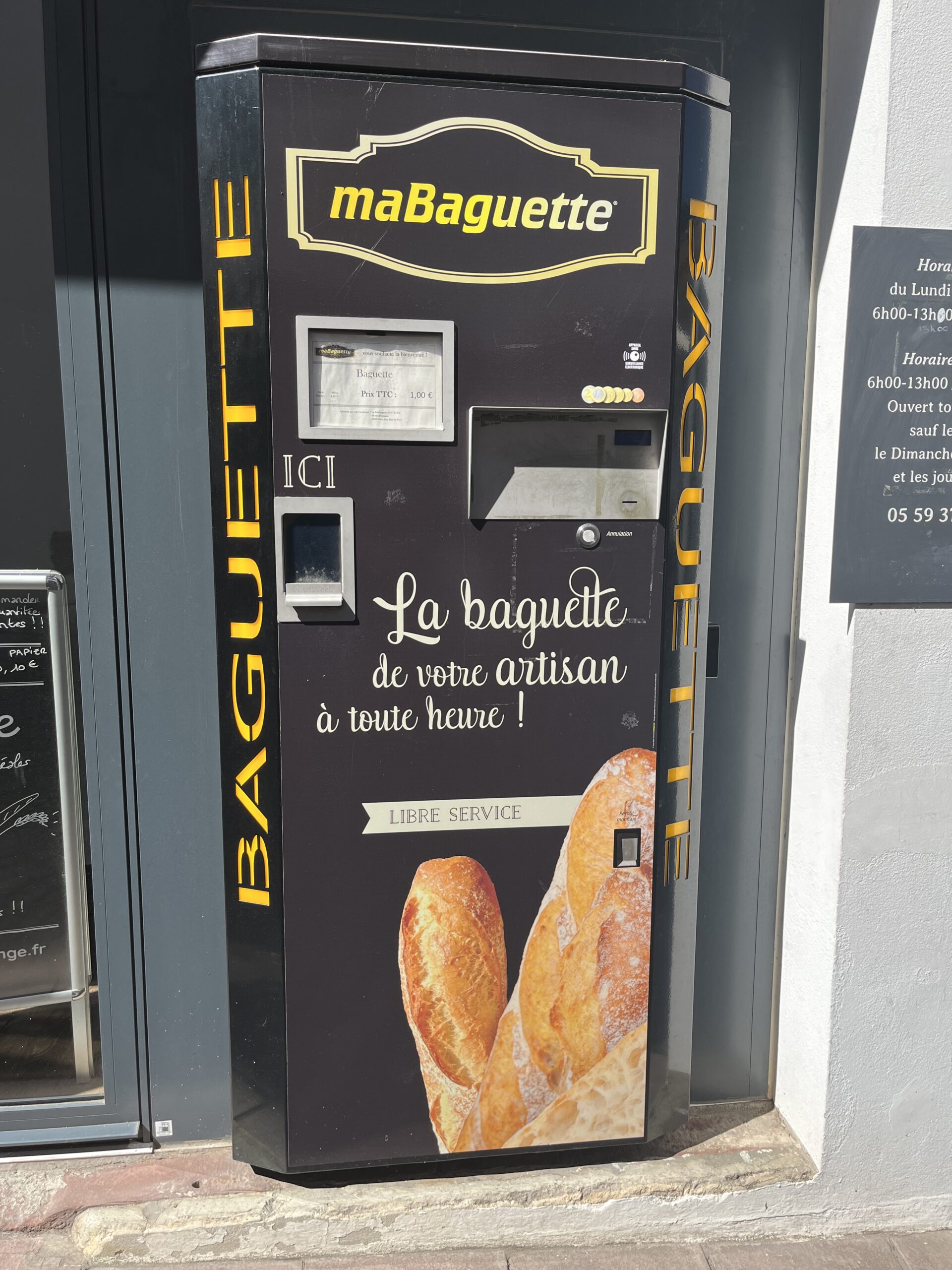
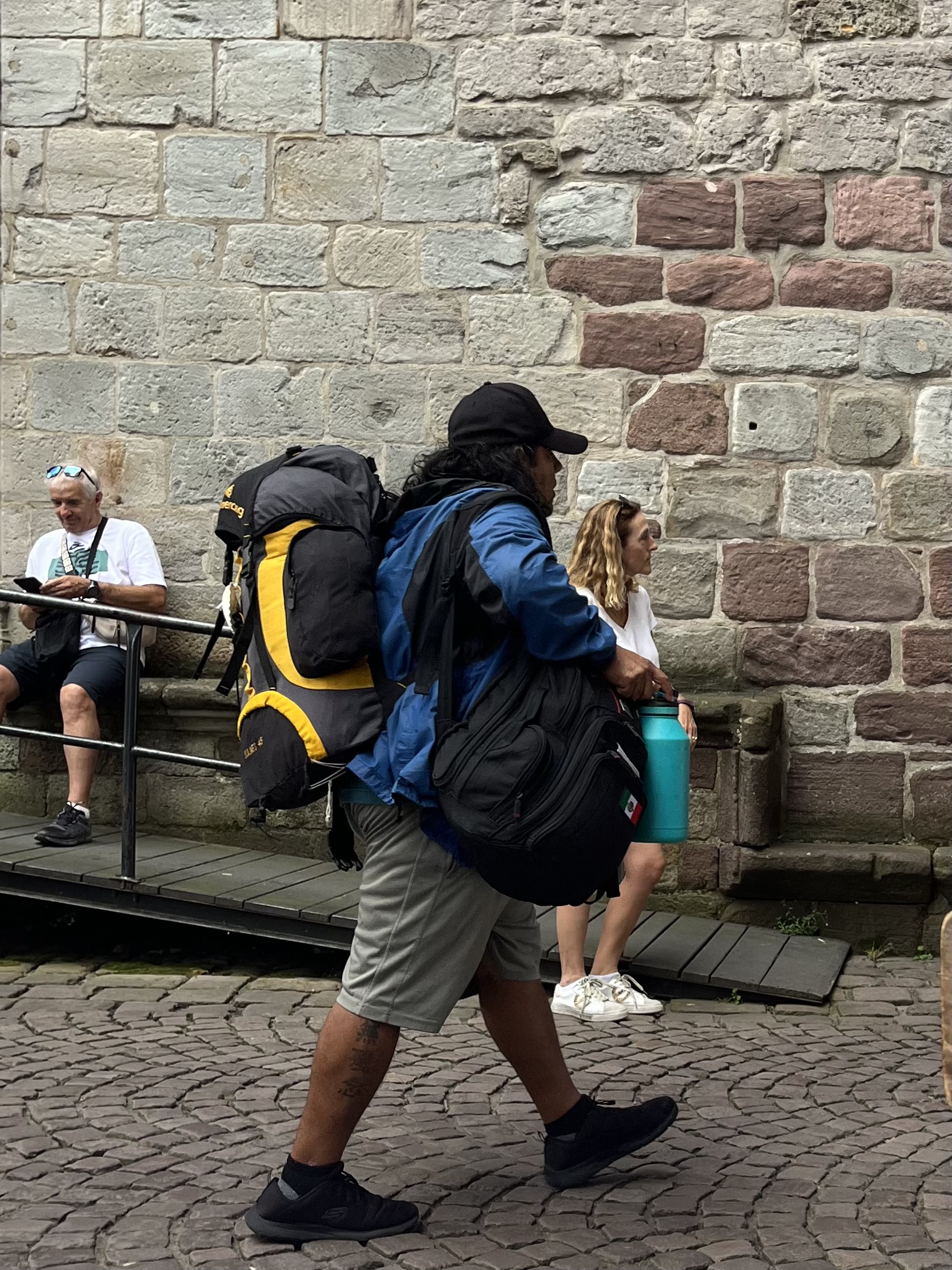
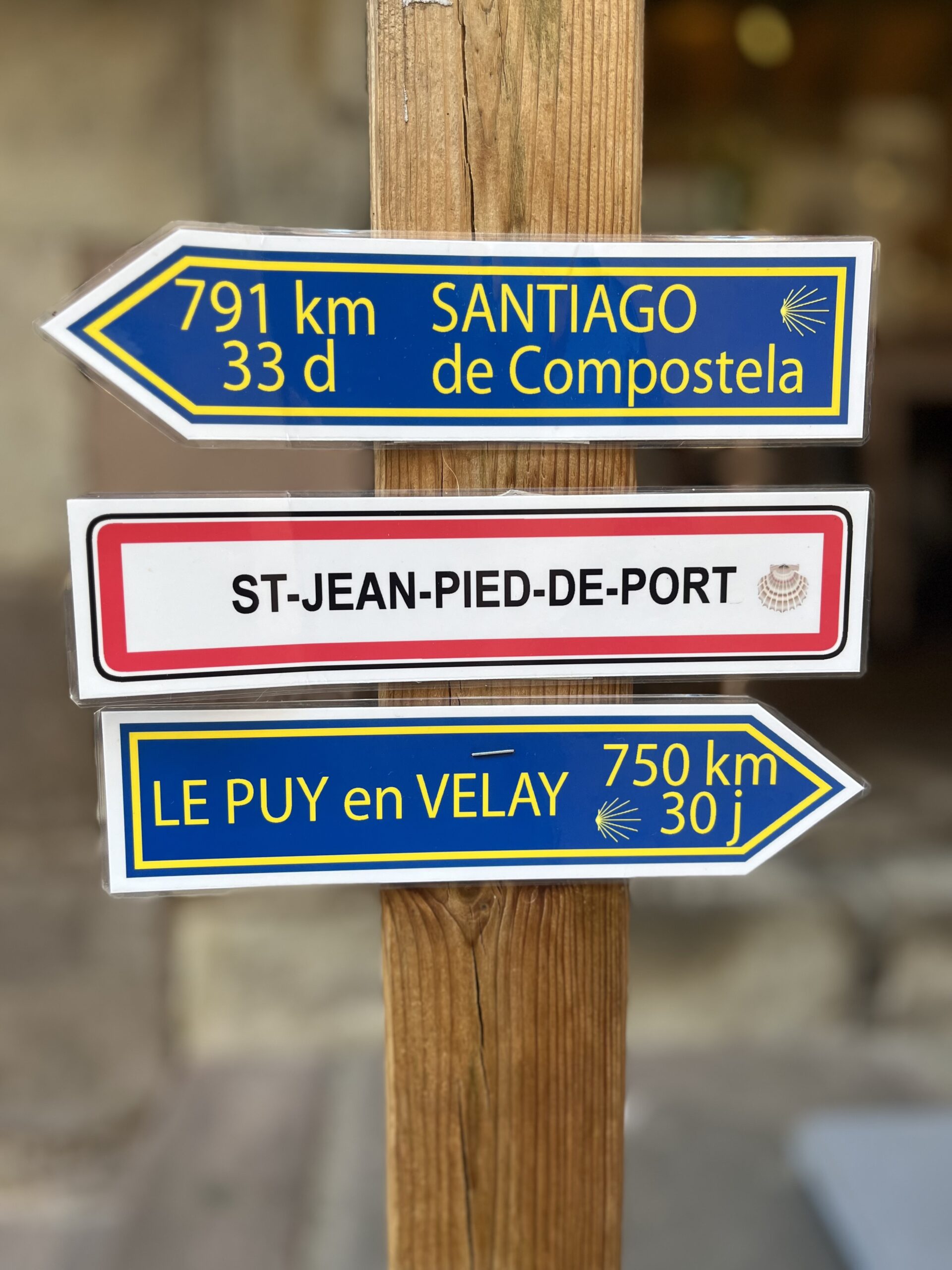
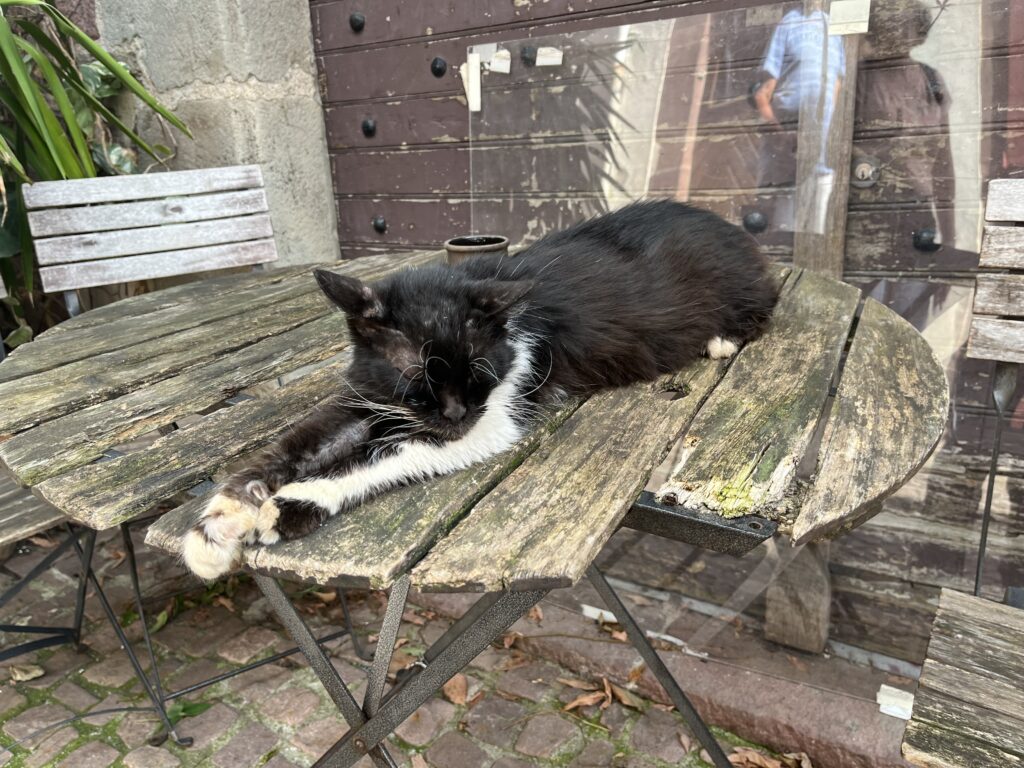
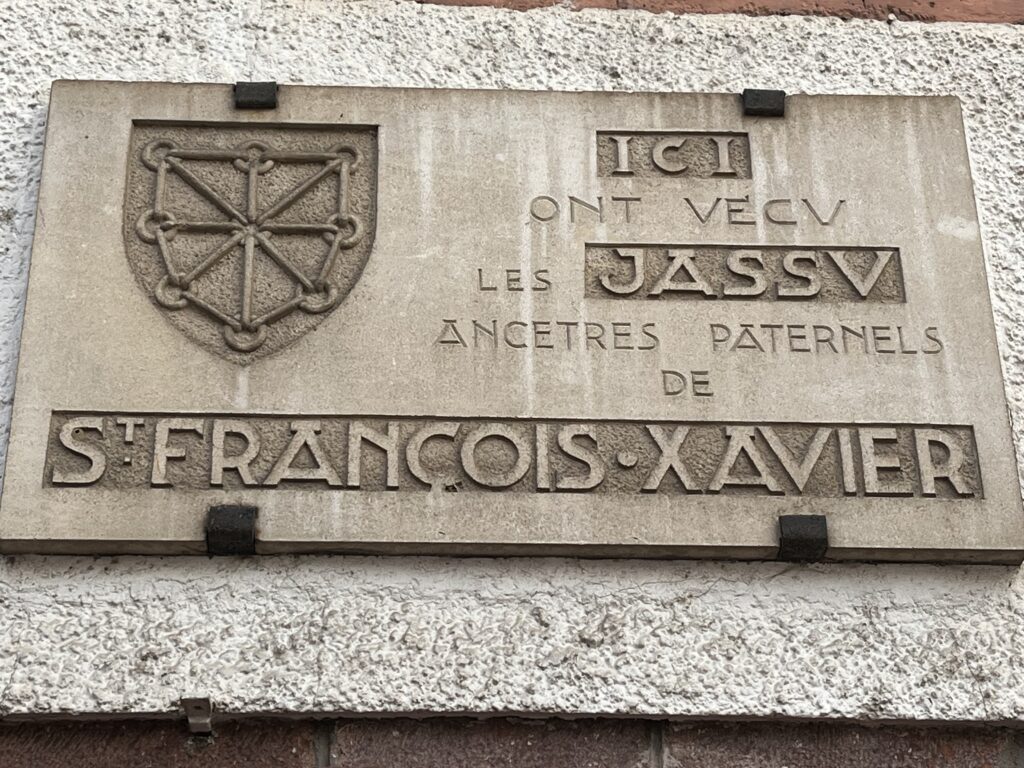
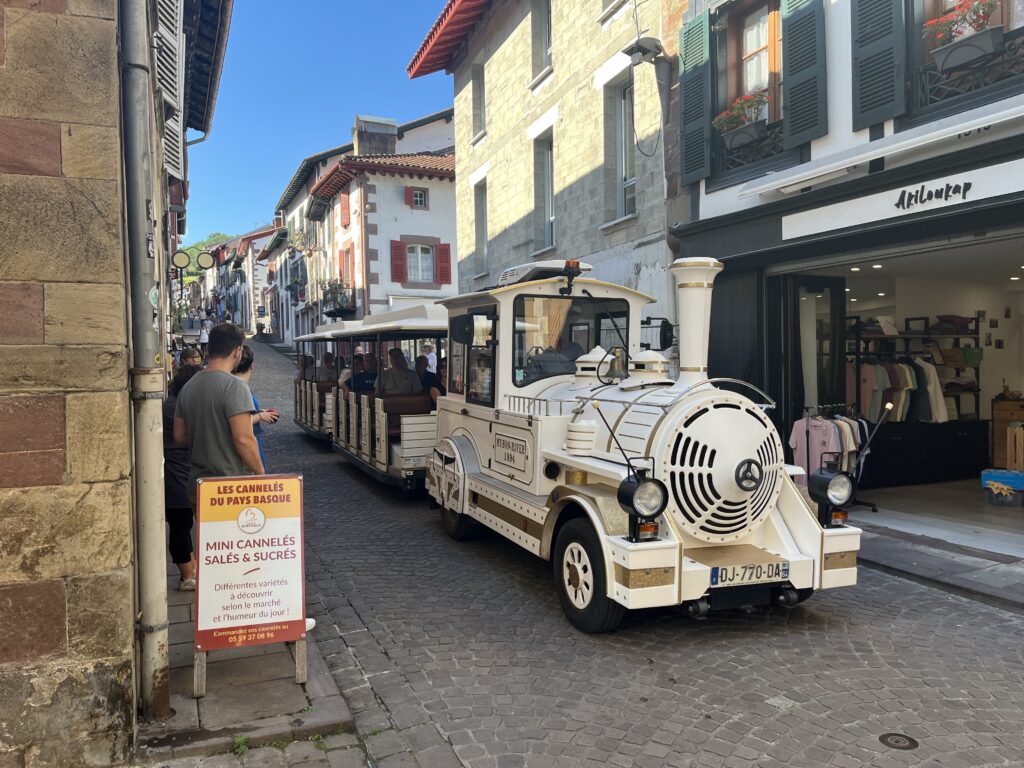
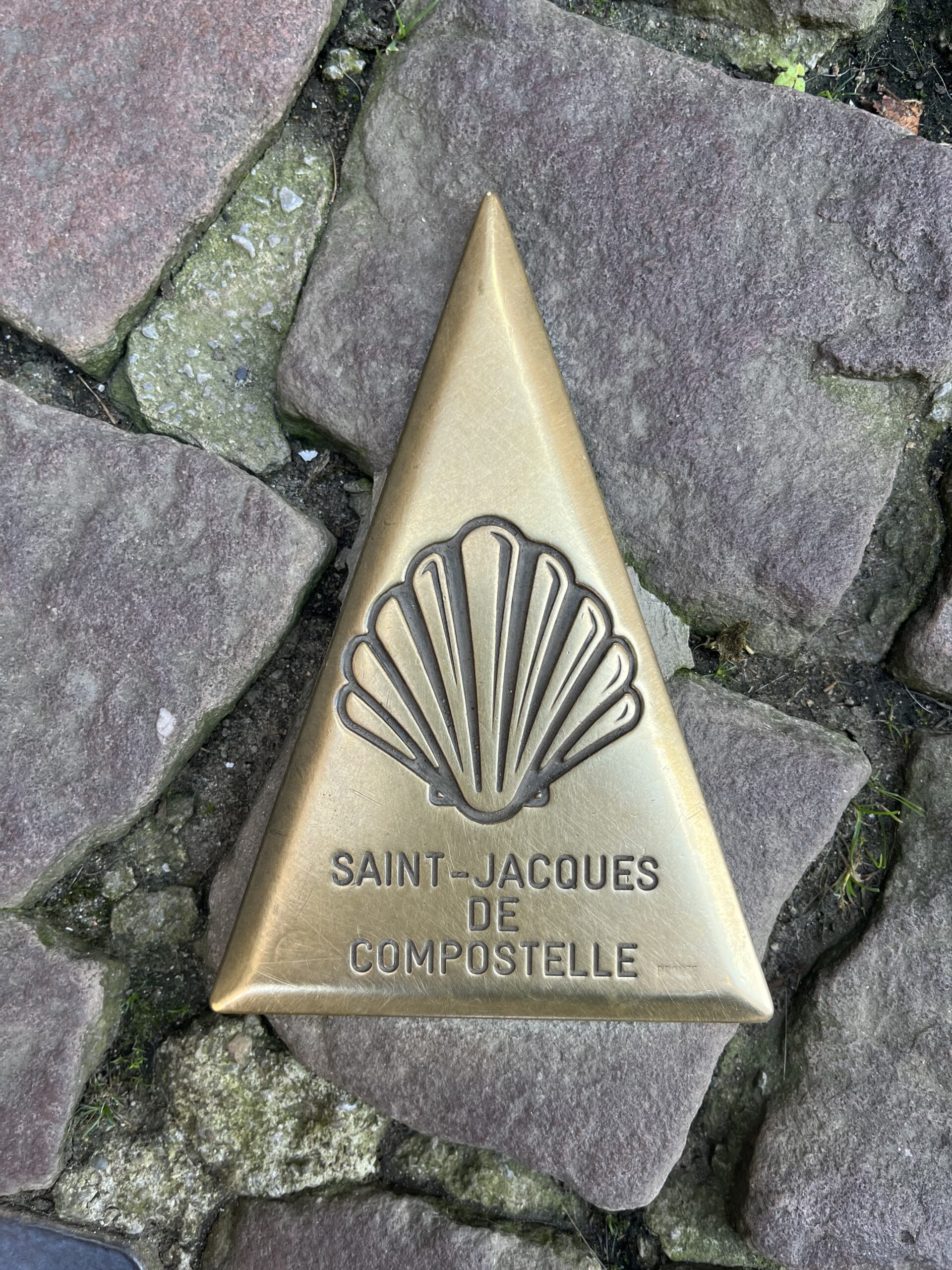
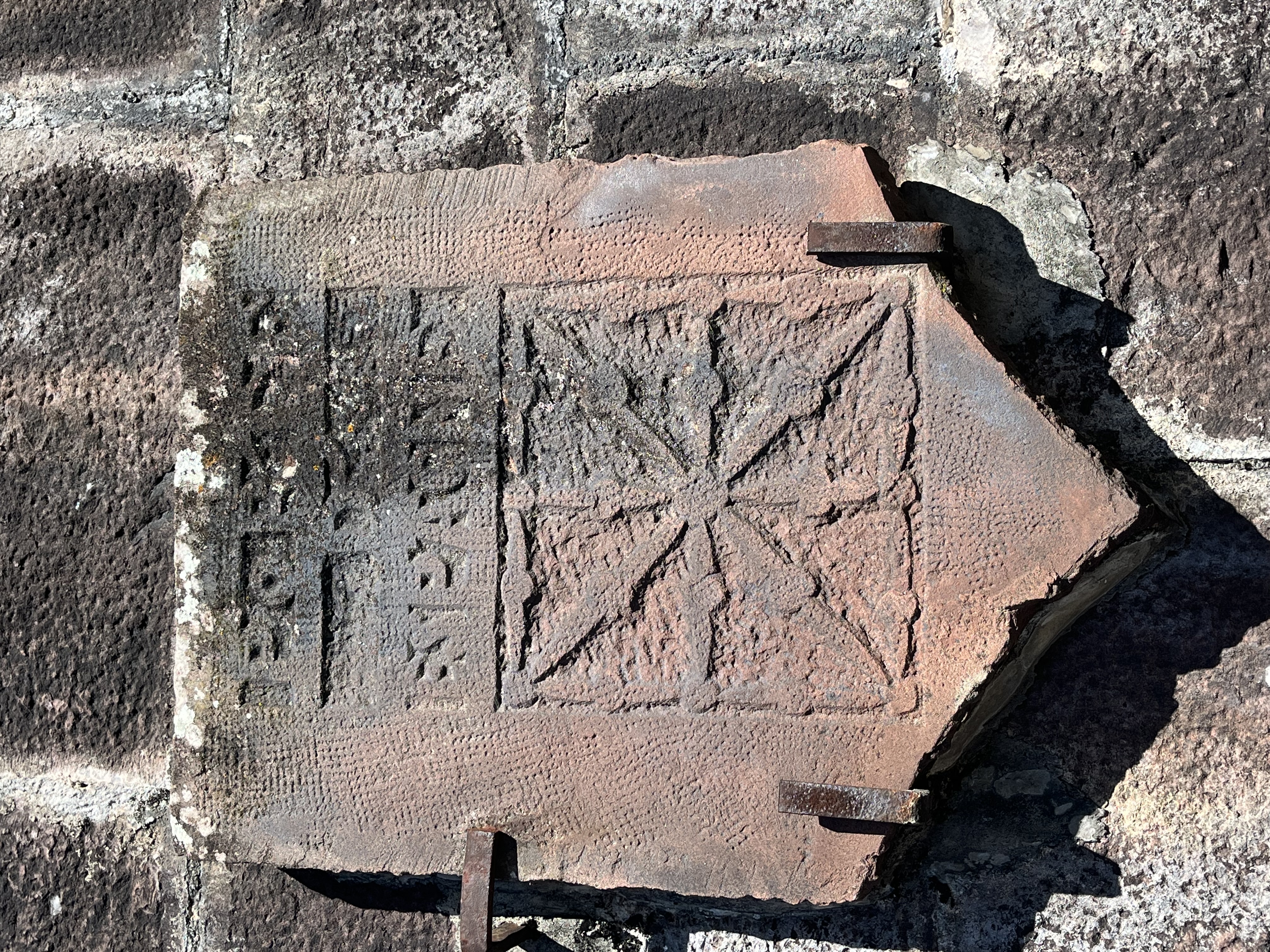

Buen Camino, Thom! I was planning on doing the Camino in April 2020… Had the plane tickets, a companion walking with me, first few nights bookings, everything ready – then Covid. I don’t know if I’ll ever get the chance to do it again, so I’m grabbing bits when I can, like 5 days on the Via Francigena in a months time. Thanks for the pictures and description of the town. Amusing description of rookie pilgrims. I’ve just bought a 33 litre pack instead of taking my 55 litre job with me to Europe.. The gear shop said it was the model they sell to many Camino prospectfuls. In the past, on Pilgrimage in Australia (where albergues are an idea that is yet to catch on) I’ve had to fit a tent and sleeping bag and mattress in as well. Thankfully no need for that this time. I look forward to reading the rest of your journal.